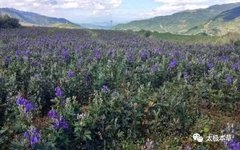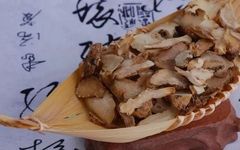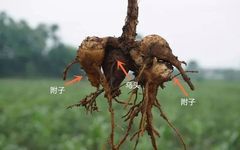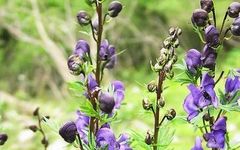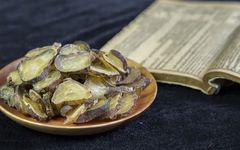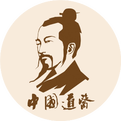The Controversy of Aconite: A Study on Fuzi (Aconitum)
Discussion: A Study on Fuzi; Fuzi (Aconitum) warms the Yang of the spleen and kidneys, dispelling the three Yin evils. Fuzi warms Yang and treats diseases of the three Yin, making it the primary essential medicine. Its efficacy is vast, and so is the controversy surrounding it, as ordinary people do not understand medical principles … Read more



